Table of Contents
- Introduction to Moroccan Seasoning
- Core Ingredients in Moroccan Seasoning
- How to Use Moroccan Seasoning Like a Pro
- Homemade vs. Store-Bought: Which Is Better?
- Buying Guide for the Best Moroccan Seasoning
- Frequently Asked Questions
- Final Thoughts
Introduction to Moroccan Seasoning
Moroccan seasoning is a traditional spice blend made from cumin, coriander, paprika, ginger, cinnamon, nutmeg, black pepper, and optional cayenne. Each ingredient contributes to its unique flavor profile used in North African cuisine, creating rich, earthy warmth and subtle sweetness in dishes like tagines, couscous, and roasted vegetables.
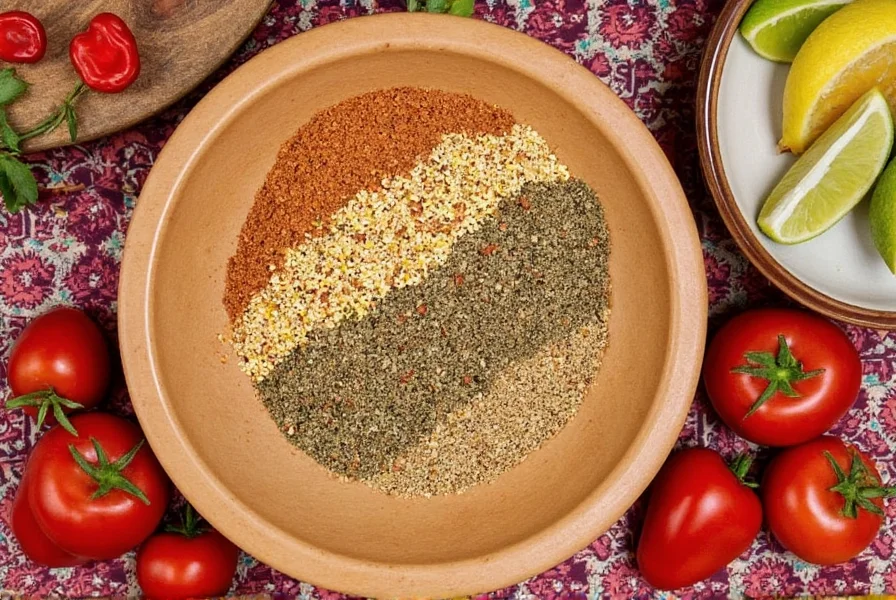
Core Ingredients in Moroccan Seasoning
Moroccan seasoning combines sweet, savory, warm, and earthy notes into one harmonious profile. Here's a breakdown of the essential components:
| Spice | Flavor Profile | Role in Moroccan Cuisine |
|---|---|---|
| Cumin | Earthy, nutty, warm | Base flavor; enhances meat and vegetable dishes |
| Coriander | Citrusy, slightly sweet | Adds brightness; balances heavier spices |
| Paprika | Smoky or sweet, depending on type | Provides color and depth |
| Ginger | Spicy, zesty | Brings warmth and a touch of sharpness |
| Cinnamon | Sweet, woody | Unexpected but essential; adds floral depth |
| Nutmeg | Warm, nutty | Subtle enhancement in slow-cooked dishes |
| Black Pepper | Peppery, sharp | Boosts flavor and heat |
| Cayenne (optional) | Hot, fiery | For those who like a kick |

The Sweet-Savory Balance
One of the most distinctive characteristics of Moroccan seasoning is how it combines sweet and savory elements. This balance is achieved through spices like cinnamon and nutmeg mingling with cumin and paprika. It's what makes a tagine both hearty and unexpectedly delicate.
How to Use Moroccan Seasoning Like a Pro
You don't need to be a chef—or live in Morocco—to make the most of this exotic blend. Whether you're grilling, roasting, stewing, or baking, here are practical ways to use Moroccan seasoning like a pro:
- Rub it on meats: Chicken, lamb, and beef love Moroccan seasoning. Rub generously before grilling or roasting.
- Stir into grains: Add a spoonful to couscous, quinoa, or rice for instant Mediterranean flair.
- Boost veggie dishes: Toss carrots, cauliflower, or eggplant with olive oil and this blend before roasting.
- Infuse oils: Make your own spiced oil by gently heating olive oil with Moroccan seasoning.
- Spice up sauces: Stir into tomato-based sauces or yogurt dressings for an exotic twist.
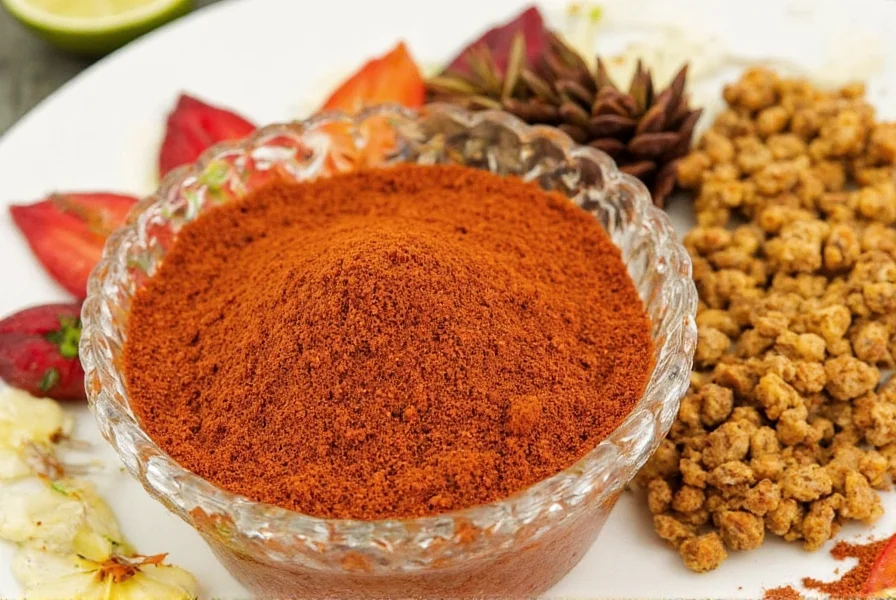
Pro Tip: Don't Overdo It!
Because of the complex nature of Moroccan seasoning, a little goes a long way. Start with a teaspoon per serving and adjust to taste—especially if you're new to the flavor profile.
Homemade vs. Store-Bought: Which Is Better?
You can either whip up your own blend at home or grab a pre-made version from the store. Both have their pros and cons:
| Option | Pros | Cons |
|---|---|---|
| Homemade | Fresher, customizable, cost-effective in bulk | Takes time and planning |
| Store-Bought | Convenient, consistent quality, longer shelf life | Limited customization, may contain fillers |
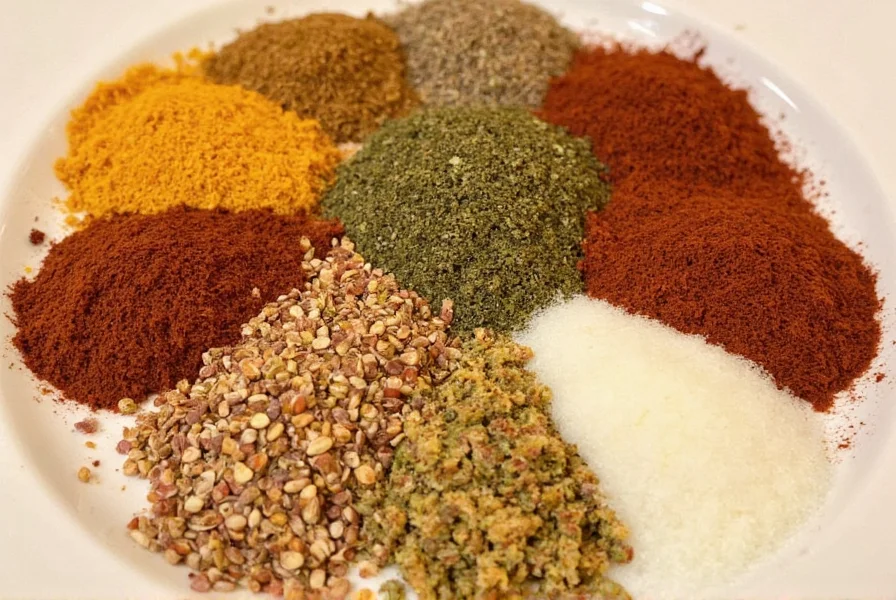
Simple Homemade Moroccan Seasoning Recipe
- 2 tbsp ground cumin
- 1 tbsp ground coriander
- 1 tbsp smoked paprika
- 1 tsp ground ginger
- ½ tsp cinnamon
- ¼ tsp ground nutmeg
- ¼ tsp black pepper
- (Optional) A pinch of cayenne for heat
Mix well and store in an airtight container. Makes about 1/4 cup—perfect for several meals!
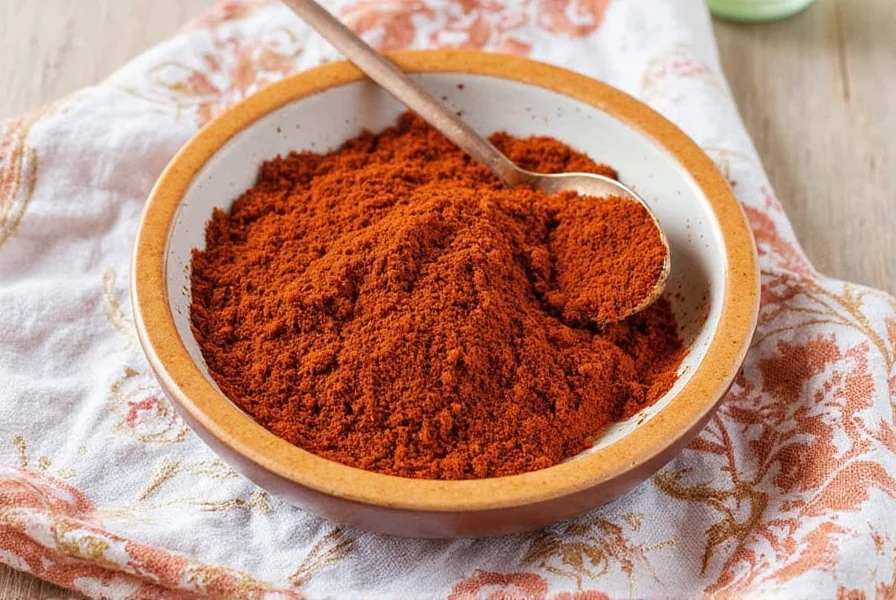
Buying Guide for the Best Moroccan Seasoning
If making your own blend isn't your thing, no worries! There are some fantastic store-bought options available. Here's what to look for when shopping for Moroccan seasoning:
What to Look For
- Freshness: Check the expiration date. Spices lose potency over time.
- Ingredients list: Avoid additives, preservatives, or fillers unless specified as organic.
- Brand reputation: Stick with trusted brands known for quality spice blends.
- Flavor intensity: If you prefer milder flavors, check for low-heat versions. Looking for a punch? Go for premium artisanal blends.
Top 5 Moroccan Seasoning Picks
| Name | Key Features | Best For | Occasion |
|---|---|---|---|
| Simply Organic Moroccan Seasoning | Organic, non-GMO, balanced blend | Health-conscious cooks and everyday use | Weeknight dinners, casual cooking |
| Spice Hunter Moroccan Blend | Artisan-roasted, bold flavor, high aroma | Home chefs seeking restaurant-level results | Dinner parties, special occasions |
| Penzeys Moroccan Seasoning | Customizable strength, fresh packaging | Cooking enthusiasts and spice collectors | Holiday cooking, gifting |
| Trader Joe's Moroccan Style Seasoning | Affordable, easy access, great for beginners | Novice cooks and budget-friendly meals | Quick prep, weeknight snacks |
| Za'atar & Spice Co. Artisan Moroccan Mix | Small-batch, hand-ground, authentic ingredients | Foodies and culinary explorers | Exotic meals, themed dinners |

Storage Tips
To keep your Moroccan seasoning potent and flavorful, store it in a cool, dry place away from direct sunlight. A dark cabinet is ideal. Properly stored, it should last up to a year without losing much flavor.
Frequently Asked Questions
What exactly is in Moroccan seasoning?
Moroccan seasoning typically contains cumin, coriander, paprika, ginger, cinnamon, nutmeg, black pepper, and sometimes cayenne for heat. These spices work together to create a complex blend with earthy, sweet, warm, and subtly spicy notes that define authentic Moroccan cuisine. The precise ratio varies by recipe, but cumin usually serves as the base, while cinnamon provides that distinctive sweet-savory balance.
Is Moroccan seasoning the same as Ras el Hanout?
While both are North African spice blends, they're not identical. Ras el Hanout (which translates to "top of the shop") is typically a more complex blend that can contain 15-30 spices, while Moroccan seasoning is a simplified version focused on the most essential components. Ras el Hanout often includes more exotic ingredients like rose petals or ash berries, while Moroccan seasoning sticks to more accessible spices that capture the essence of the cuisine.
Does Moroccan seasoning contain saffron?
Traditional Moroccan seasoning blends typically don't include saffron, as it's quite expensive. However, some premium or artisanal versions might incorporate a small amount for color and luxury. The vibrant color in Moroccan dishes usually comes from paprika or turmeric rather than saffron.
Can I make Moroccan seasoning without cumin?
Cumin is considered the backbone of Moroccan seasoning, so omitting it would significantly alter the authentic flavor profile. However, if you have a cumin allergy or dislike its flavor, you could try substituting with caraway seeds (use half the amount), though this will create a different flavor profile. For best results, cumin is essential to capture the true Moroccan essence.
How spicy is traditional Moroccan seasoning?
Authentic Moroccan seasoning is more aromatic than spicy. It has a gentle warmth from black pepper and sometimes a hint of cayenne, but the focus is on complexity rather than heat. Most blends are mild to medium in spiciness. If you prefer more heat, you can add extra cayenne when making your own blend or look for "hot" versions when purchasing store-bought.
Final Thoughts
Moroccan seasoning is more than just a blend of spices—it's a doorway to a world of flavor, culture, and culinary creativity. From its humble roots in North African kitchens to modern fusion dishes, this versatile mix deserves a permanent spot in your spice rack.
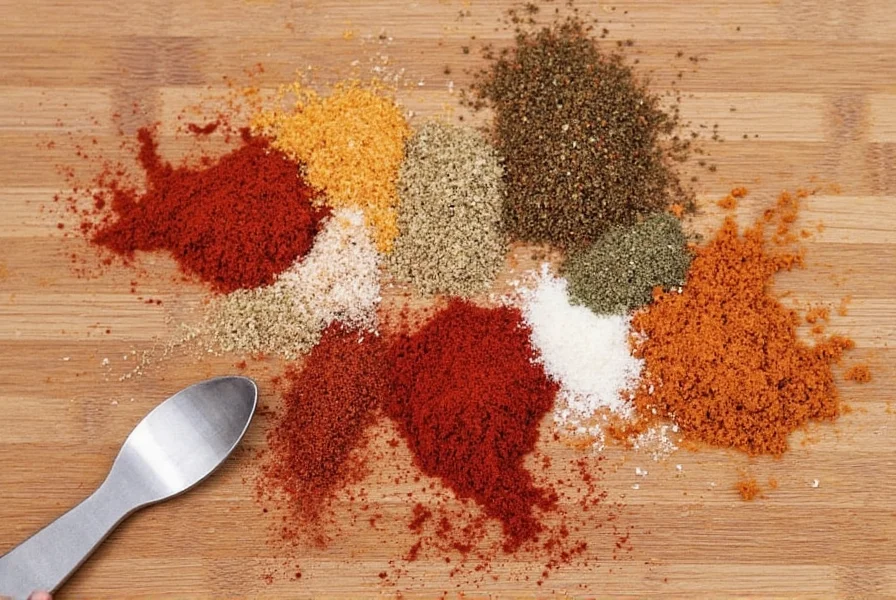
Whether you choose to craft your own or buy a high-quality blend, experimenting with Moroccan seasoning will open up a whole new dimension in your cooking. So go ahead—spice things up and let your taste buds take a trip across the desert sands.

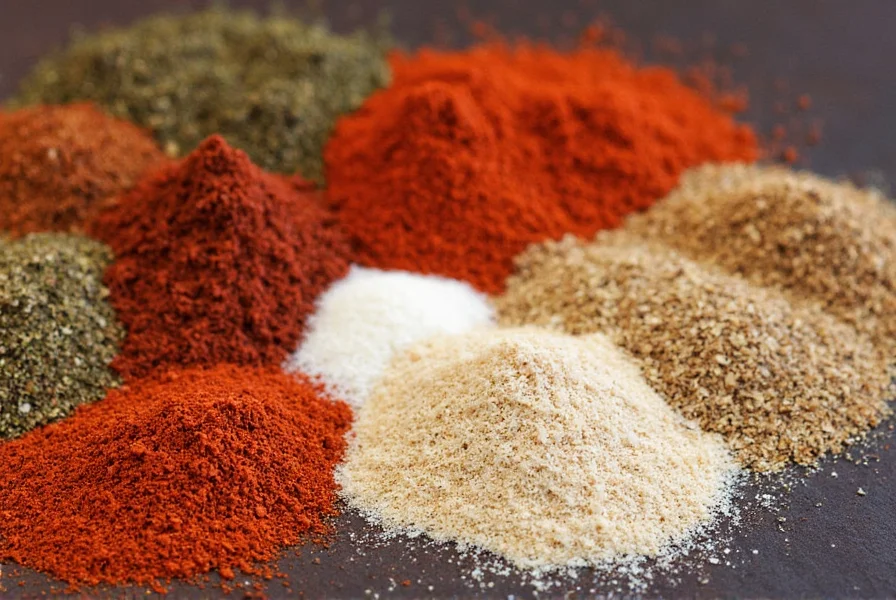









 浙公网安备
33010002000092号
浙公网安备
33010002000092号 浙B2-20120091-4
浙B2-20120091-4